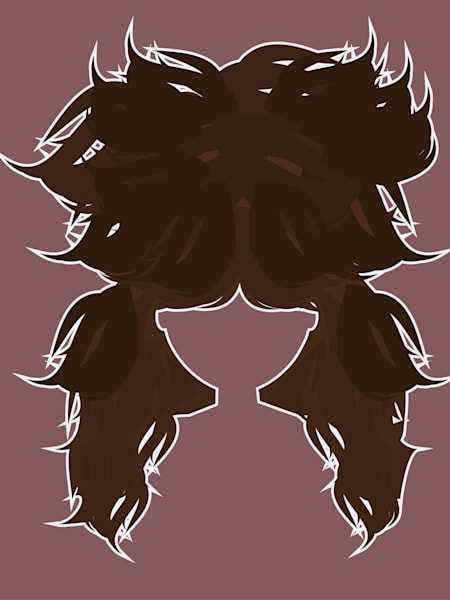It's not just fashion that's important when you’re trying to capture the zeitgeist as a rock 'n' roll band. Hairstyles matter, too. Like the cut of bands' jeans, hairdos have moved with the times, as artists react against styles worn by previous generations and attempt to encapsulate the spirit of the times.
With the benefit of hindsight some of these hairdos might never have appeared in the first place, but they all inspired legions of fans to follow suit. Below, check out a few of the evolutionary steps made in rock hair fashions.
1960s: Mop tops
When The Beatles arrived in America in 1964, their guitarist George Harrison was asked by journalists what the shaggy hairstyle worn by the Liverpool group, and other bands landing in America as part of the British Invasion, was called. "Arthur," he joked. But that choice of name didn't stick and instead it was called the mop top, simply because it looked like the head of a mop.
It's strange to think that, back then, the style was an act of teenage rebellion, after the short, smart styles worn by previous generations. Many '60s bands wore it until long hair took over at the end of the decade. The slightly shaggier and longer mop worn by Rolling Stones guitarist Brian Jones (below, right) signalled the impending shift. The mop top continues to come in and out of favour among indie-rock bands however, and Justin Bieber is a known fan.
Early 1970s: Mullets and long hair
If the mop top worn by '60s beat groups was a reaction against their stuffy elders, then wearing long hair was an act of out and out provocation. Long hair caused outrage in the late '60s and early '70s, as more men and bands began growing out their hair. Some of them, including a certain David Bowie, even formed a support group called the Society for the Prevention of Cruelty to Long-Haired Men.
These long flowing (or indeed, greasy) locks of Black Sabbath's Ozzy Osbourne and Led Zeppelin's Robert Plant seemed to fit with the increasingly heavy style of music, the death of the '60s counterculture dream, the decade's decadence and the beginnings of androgoyny. David Bowie's Ziggy Stardust cut (below, right) also helped popularise the mullet that became so beloved of glam and pub rockers.
Late 1970s: Punk rock hair
Not to be outdone for shock value by previous generations, the Year Zero punk rockers of the late '70s created their own look in protest against the flamboyant, ostentatious and self-indulgent long hair of prog rock by going short and sharp.
Skinheads, messy spikes and mohicans (inspired by Native American mohawks and Robert De Niro's Travis Bickle character in the film Taxi Driver) became common place, especially among the early London punks of the King's Road. The style worn by the Sex Pistols' Johnny Rotten (below, left) and crust punks such as Discharge (below, right) have become a defining feature of the genre.
1980s: Big hair
The '80s brought with it more rock and pop hairstyles than you can shake a set of curling irons. New wave acts, such as A Flock Of Seagulls and their frontman Mike Score (below, left), took the punk-rock look in a theatrical, OTT direction. UK pop bands such as Kajagoogoo went overboard with highlights and hair gel meanwhile, as they tried to fit in with the neon-lit decade.
However the '80s are probably best known for big hair. From the backcombed, pumped-up goth look of bands like The Cure and Echo And The Bunnymen to the dissolute, androgynous and glam-rock inspired look of Sunset Strip hair metal bands (below, right), including Mötley Crüe, Poison, Van Halen, Poison and Twisted Sister.
2000s: Emo hair
Claims by medical experts that the long, swide-swept fringe worn by fans of emo bands in the early part of the current decade might be damaging to eyesight didn't put a dent in its popularity.
Worn to hide away from the world and to symbolise sensitivity, the emo cut – which isn't a million miles away from the '60s mop top – has been showcased by bands such as My Chemical Romance, Paramore and Fall Out Boy, and their many fans. Since then, it's become a prevalent hair do for pop artists and continues to find favour among fans of bands with a less-than-sunny outlook on life.






